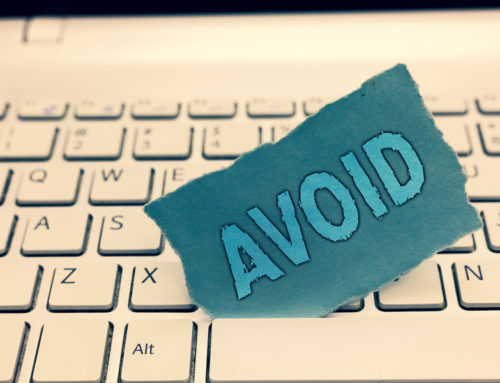Have you heard the one about the breast cancer patient on Twitter and the frozen peas yet? If so, you can skip the next paragraph and move on to why I think this is such a great lesson for do-it-yourself nonprofit communicators. If not, here’s the quick summary:
Susan Reynolds gets a breast biopsy and then a mastectomy. She is an avid social networker, so she’s tweeting and blogging the experience at Boobs on Ice. She posts a photo of herself easing the pain with a bag of peas on her breasts. Long story short, the crowd goes wild, she’s got people all over the place taking photos of themselves with bags of peas, and now there is a Frozen Pea Fund that’s raised over $7,000 for the American Cancer Society. I learned about this story from Craig Colgan, who wrote a great feature for the Washington Post called “How Frozen Peas Started A Movement: Cancer Patient’s Blog Builds Web Community,” which you can read on his blog. Oh, and this all took place in less than five weeks.
The lesson here is not how social networking lets you make friends and influence them to part with cash. We’ve seen tons of examples of that working. The big lessons are instead (1) be completely human and (2) let others run with your ideas. That’s how to build an online community that actually accomplishes something.
While I have never spoken with Susan, I seriously doubt that posting a photo of herself with frozen peas sticking out of her camisole was some calculated move to raise money. Instead, it was authentic, natural, and also a bit funny. In other words, it was completely human. And that’s what people respond to. They don’t respond to monolithic nonprofit organizations with mission statements and action plans. They respond to human beings.
Then, she let it take off. People started taking the pea photos. A online friend suggested donating the price of two bags of peas to breast cancer research. Another suggested setting up an actual fund to group the donations. And another, who just happened to be doing consulting on social media and working with the American Cancer Society brought it all together. Lots of people are doing lots of different things and something tells me Susan is not chained to her computer trying to micromanage it all. She’s got better things to do, like fight her breast cancer. She doesn’t need to do anything else but what she’s been doing all along on Twitter and her blog. It’s happening, in some ways now, without her.
My guess is that the being human part will be much easier for most nonprofit marketers than the letting go part. But if you are willing to run a bit of risk of people going completely off-message, you might find they come up with something that’s way better than you ever dreamed.






